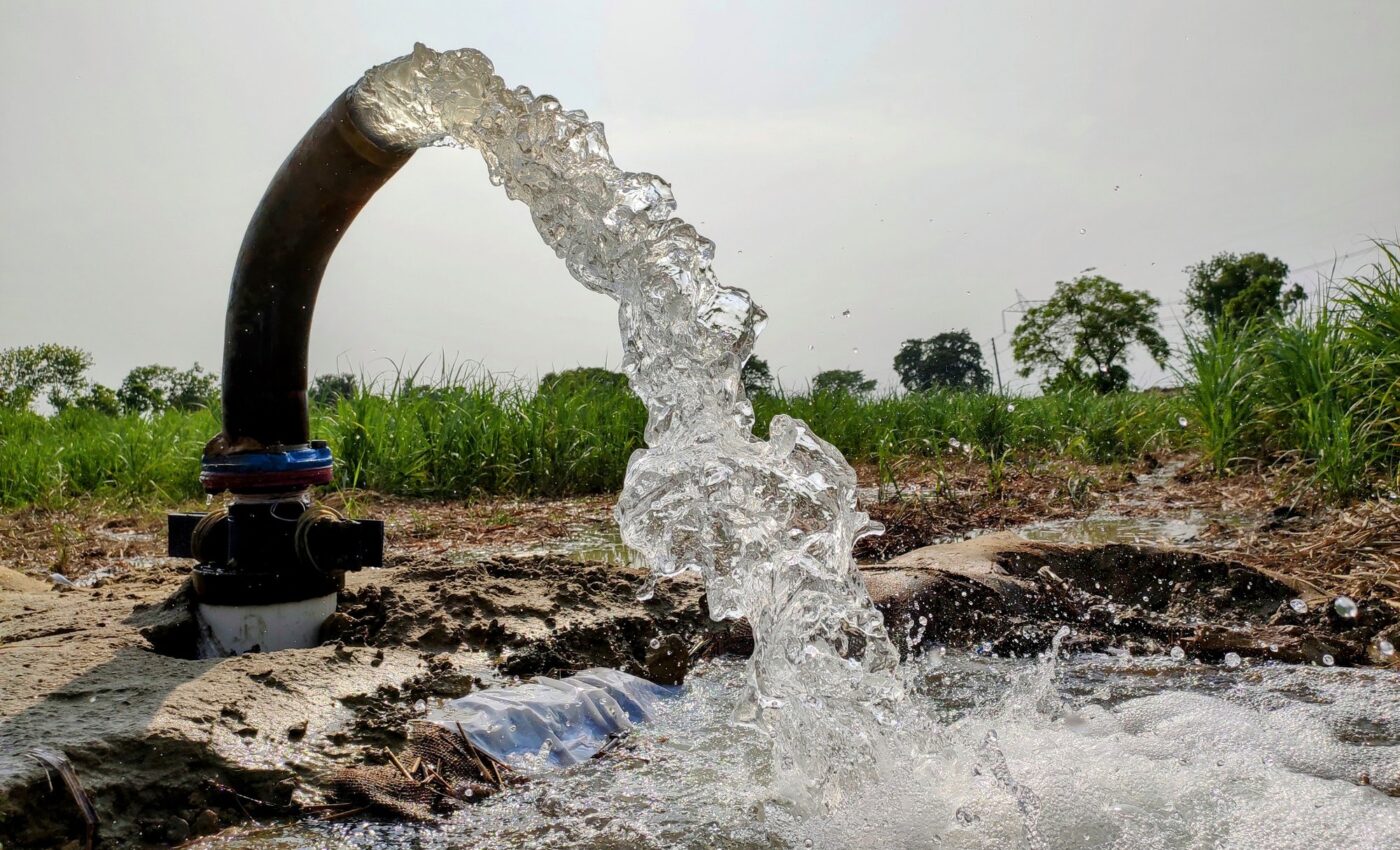
Global source water exceeds safe drinking limits of PFAS
Research from the University of New South Wales (UNSW) in Australia, in collaboration with international partners, has brought to light the concerning levels of per- and poly-fluoroalkyl substances (PFAS) contamination. The results of the study reveal that we have underestimated the amount of PFAS in source waters across the globe.
These chemicals, numbering over 14,000, have been valued since the 1950s for their remarkable properties, including resistance to heat, water, grease, and stains, leading to their prevalence in a vast array of consumer and industrial products.
Forever chemicals
From non-stick pans and waterproof apparel to cosmetics, insecticides, food packaging, and even firefighting foams, PFAS compounds have been integrated into daily life, despite their environmental and health risks.
Labeled as “forever chemicals” due to their persistent nature, PFAS compounds hardly degrade in the environment or the human body, posing long-term ecological and health risks.
PFAS contamination in water sources
Now, the UNSW experts have provided a pioneering global assessment of PFAS contamination in surface and groundwater sources, revealing widespread exceedances of established safe drinking water thresholds for these chemicals.
“Many of our source waters are above PFAS regulatory limits,” said senior author Denis O’Carroll, a professor of engineering at UNSW. “We already knew that PFAS is pervasive in the environment, but I was surprised to find out the large fraction of source waters that are above drinking water advisory recommendations. We’re talking above five percent, and it goes over 50 percent in some cases.”
Focus of the study
This comprehensive study, aggregating over 45,000 data points from government reports, databases, and peer-reviewed literature collected over roughly two decades, is the first to quantify the environmental load of PFAS on such a scale.
The researchers found high levels of PFAS in various regions, including Australia, particularly in areas historically exposed to firefighting foams, such as military and fire training facilities.
“Drinking water is largely safe, and I don’t hesitate drinking it,” O’Caroll said. “I also don’t suggest that bottled water is better, because it doesn’t mean that they’ve done anything differently than what comes out of the tap. But I certainly think that monitoring PFAS levels and making the data easily available is worthwhile.”
Health implications of PFAS
In Australia, as well as in numerous other regions globally, it’s common for individuals to have trace amounts of PFAS in their system. However, the health implications of these chemicals remain a topic of debate, with a lack of universal consensus on the extent of their risk.
For instance, an expert health panel in Australia has indicated that the evidence linking PFAS exposure to significant health impacts is minimal to non-existent. However, international health organizations in the US and Europe associate PFAS exposure with a range of negative health effects, including decreased birth weights, elevated cholesterol levels, diminished kidney functionality, thyroid disorders, changes in sex hormone levels, weaker vaccine efficacy, and an increased risk of liver, kidney, and testicular cancers. Moreover, the World Health Organisation (WHO) classified PFOA, a variant of PFAS, as a category one human carcinogen in 2023.
Controls on PFAS usage
While associations between PFAS and various health conditions have been identified, causation has not been definitively established. Nevertheless, due to the enduring presence of these substances and their associated health risks, regulatory agencies worldwide have implemented stricter controls on PFAS usage and established safety limits for drinking water as a precautionary measure.
“Two forms of PFAS initially raised concerns about 20 years ago: PFOS and PFOA,” said O’Carroll. “These chemicals are regulated to different extents around the world. In the US, the proposed drinking water limits for PFOS and PFOA are four nanograms per liter.”
In Australia, another PFAS compound, PFHxS, is subject to regulation, with a combined limit for PFOS and PFHxS set at 70 nanograms per liter, significantly exceeding the US’s threshold for PFOS and PFOA.
“PFOA, on the other hand, is regulated in Australia at 560 nanograms per liter, which is two orders of magnitude higher than in the US,” O’Carroll added.
What level of PFAS is safe?
Compared to the regulations in the US, Australia’s standards appear more lenient. Yet, when compared with Canada’s approach, which aggregates the total of all 14,000 PFAS compounds and caps them at 30 nanograms per liter, both the Australian and US guidelines seem less stringent.
The research revealed that 69 percent of worldwide groundwater samples, lacking known sources of contamination, surpassed Health Canada‘s safety benchmarks for drinking water, while 32 percent exceeded the US’s hazard index for drinking water.
“There’s debate about what level PFAS should be regulated to,” O’Carroll added. “Australia has much higher limits than the US, but the question is why. Both health bodies would have different reasoning for that, and there’s not a really strong consensus here.”
Ongoing research
In light of the findings, the researchers aim to deepen the understanding of PFAS pollution by investigating the environmental impact of PFAS compounds in consumer products and developing new technologies to mitigate PFAS in drinking water systems. Furthermore, predictive models are in development to forecast the distribution of PFAS in the environment and their interaction with biological systems.
As this significant research unfolds, Professor O’Carroll urges manufacturers and consumers to exercise caution and responsibility in the use of PFAS-containing products.
“We manufacture and distribute a lot of chemicals without having a full assessment on their potential health impacts. We should have judicious use of some of these chemicals. Just because they’re available, doesn’t mean that we should use them,” he concluded.
The study is published in the journal Nature Geoscience.
—–
Like what you read? Subscribe to our newsletter for engaging articles, exclusive content, and the latest updates.
Check us out on EarthSnap, a free app brought to you by Eric Ralls and Earth.com.
—–













